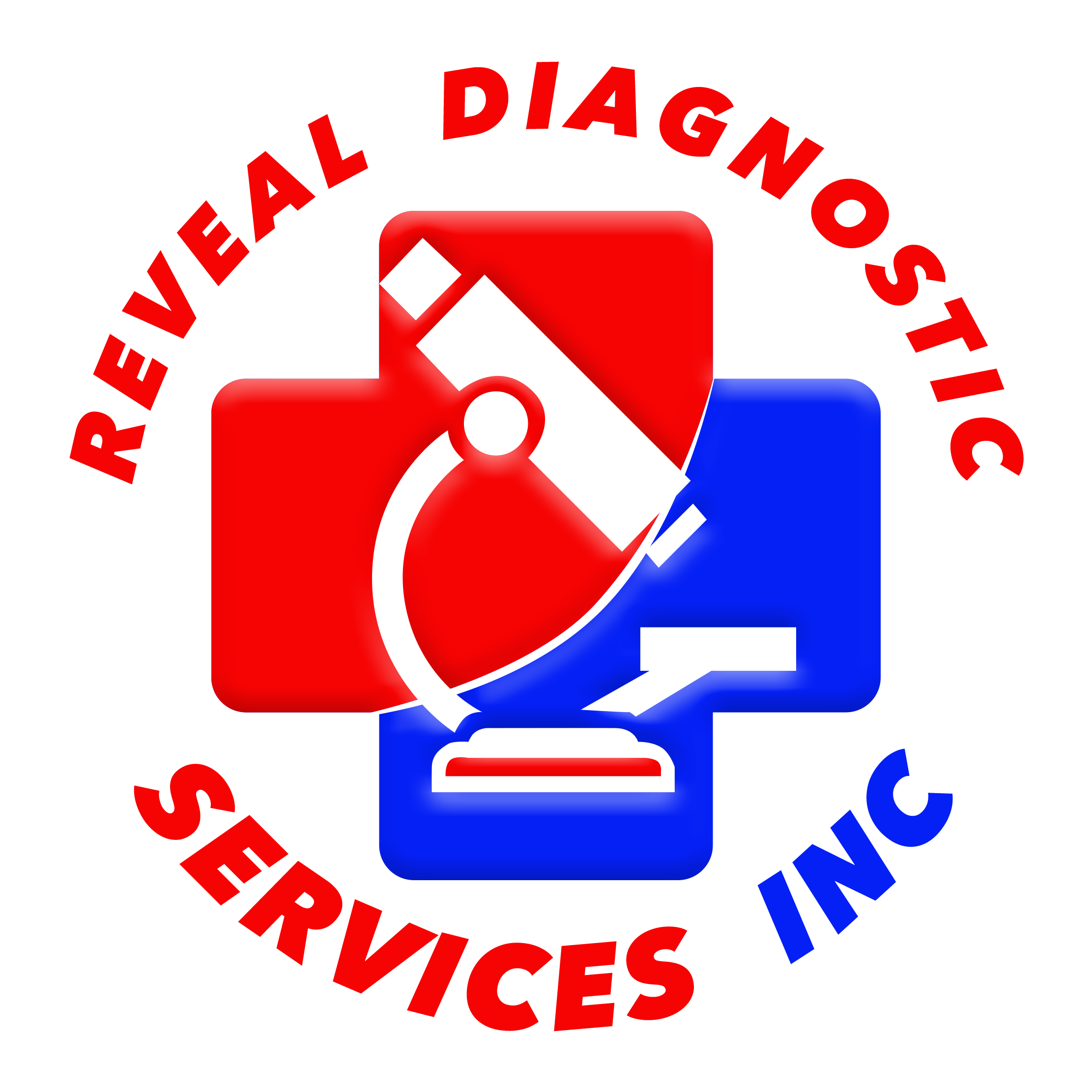Coronavirus (COVID-19) is an illness caused by a virus that is transmitted from person to person. Symptom can range from mild (or no symptoms) to severe illness. One can be infected from respiratory droplets when an infected person sneezes or coughs. Other ways that one can be infected is by touching a surface or object that has the virus on it, and then touching their mouth, nose, or eyes.
Some people with COVID-19 continue to have some symptoms for weeks or months. This seems to be more likely in people who are sick enough to need to stay in the hospital. But this can also happen in people who did not get very sick. Doctors are still learning about the long-term effects of COVID-19.
A Few Symptoms
Some people have digestive problems like nausea or diarrhea. There have also been some reports of rashes or other skin symptoms. For example, some people with COVID-19 get reddish-purple spots on their fingers or toes. But it’s not clear why or how often this happens.
Rare Symptoms
For most people, symptoms will get better within a few weeks. But a small number of people get very sick and stop being able to breathe on their own. In severe cases, their organs stop working, which can lead to death.
Emergence
COVID-19 was identified in Wuhan, China in December 2019. COVID-19 is caused by the virus severe acute respiratory syndrome coronavirus 2 (SARS-CoV-2), a new virus in humans causing respiratory illness which can be spread from person-to-person.
Early in the outbreak, many patients were reported to have a link to a large seafood and live animal market, however, later cases with no link to the market confirmed person-to-person transmission of the disease. Additionally, travel-related exportation of cases has occurred.
Transmission
COVID-19 is primarily transmitted from person-to-person through respiratory droplets. These droplets are released when someone with COVID-19 sneezes, coughs, or talks. Infectious droplets can land in the mouths or noses of people who are nearby or possibly be inhaled into the lungs.
A physical distance of at least 1 meter (3 ft) between persons is recommended by the World Health Organization (WHO) to avoid infection,1 whereas CDC recommends maintaining a physical distance of at least 1.8 meters (6ft) between persons.
Additionally
Respiratory droplets can land on hands, objects or surfaces around the person when they cough or talk, and people can then become infected with COVID-19 from touching hands, objects or surfaces with droplets and then touching their eyes, nose, or mouth.
